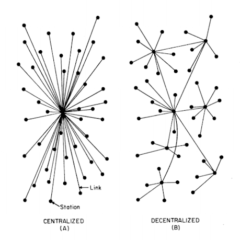Jun’ichirō Tanizaki, 2017 (orig. 1933)
Tanizaki discusses the departure between Far Eastern and Atlantic sensibilities when it comes to the treatment of light in the deliberate craft of aesthetic objects and environments. Whereas the West is full of light, cherishing brightness, vivacity, open expanses of neon colour, the East idealizes the kinds of patinas and moody tones that would be quickly ignored by the occidental eye. This is a compelling essay on the simplest of things – like the darkness and quietude of a perfectly composed outdoors commode, of the kind one finds in Japan – with some unfortunate racial and sexist undertones. In some sections he discusses women in a similar discursive frame as the objects and settings he analyses elsewhere, and in perhaps the most uncomfortable part, he offers a theory of the colour of the skin ostensibly meant to explain Western discrimination against the Japanese. There are some really beautiful passages in this and it is well worth reading to get an insight into traditional oriental aesthetics, or at least, Tanizaki’s interpretation of them, but we should not take it at face value both because of these slight incursions of bigotry (this essay was written a long time ago after all, and aesthetic thought is particularly vulnerable to the harms of subjectivity, I believe), and because I don’t think this holds up in the Far East of the 21st century. Has the pivot towards brightness and light – quite extreme in some cases when we look at Akihabara or K-Pop aesthetics – been a product of Western influence and intervention? I’m not sure it is entirely isolable.
P R E V I E W
